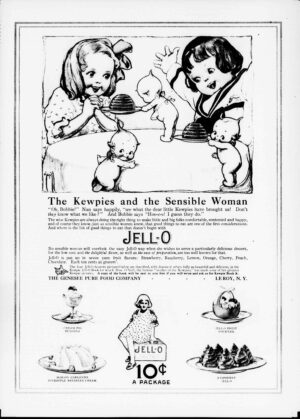
Let me introduce Pauline. She is remarkably well preserved for her age. And unlike many of us older folks, everything still pretty much works. Her large blue eyes, shiny as glass, look straight ahead and are framed by arched brows and delicate lashes. The skin on her arms and legs is just a little wrinkled and patched in a few places. Her rosy-cheeked face is as smooth as can be, like ceramic bisque. And her tresses hang abundantly around her shoulders, still brown in color, although we’re not quite sure of its origin. For a 135-year old doll, she’s looks marvelous!
While Pauline will stay at our house museum upstairs in the girl’s room, the other dolls we’ve placed in the main exhibit room downstairs are on loan to us and will return in January to their home with Grace Van Doren. A member of the Mendocino Coast Doll Club, Grace has quite a collection of toys – over 250 dolls and 200-plus Teddy bears. She allowed me and Eva Laflamme, our exhibit assistant, to choose what we wanted for the exhibit. With such an extensive collection, it was a difficult task.
We ended up borrowing a beautiful variety, including Steiff Teddy bears, darling baby dolls, and Scottish dolls to honor the heritage of the Kelley family. We also have some special and unusual dolls, like the Italian Lenci dolls. These are a type of ragdoll, first produced in the 1920s in Europe, and sometimes called “art dolls” because they were often designed and painted by talented artists and modeled by highly skilled craftsmen. Lenci dolls are the aristocrats of this genre. They emerged from the Lenci Movement, a style and viewpoint that existed between the world wars of the 20th century that embraced an optimism that the world could be a place of beauty, peace and plenty.
The face and body of Lenci dolls are constructed from stiffened, molded felt, with sophisticated joints at the shoulders and hips to help them assume all manner of positions. This soft fabric skin is very different from the hard bodies of many other dolls, and their life-like features are hand painted with arresting expressions – some are sullen or wary, others surprised or alert – and their eyes usually look to one side.
Another doll with eyes askant is the Kewpie doll. I didn’t know much about these and had only heard of them in phrases such as “cute as a Kewpie doll.” (Google: “Perry Como Live Kewpie Doll.”) Then Grace introduced me to her collection of these impish toys – there were so many different sizes and colors and postures! But it was the story of their creator that fascinated me the most.
Kewpies sprang from the mind of Rose O’Neill (1874-1944), who began her career at an early age as a cartoonist, illustrator, artist, and writer for influential women’s magazines such as Ladies Home Journal, Cosmopolitan, and Good Housekeeping. A comic strip O’Neill started in 1896 was the first published strip created by a woman.
Initially appearing as magazine illustrations in 1909, Rose later developed her kewpies into paper dolls, and then real dolls in sizes from 2 inches up, made of almost every type of material – bisque, composition, wood, celluloid, and rubber. In 1913 there were 21 European factories engaged in their manufacture, and they are still manufactured all over the world. Rose had had the foresight to patent her Kewpies in 1912, and they made her a rich woman.
Rose was good at merchandising and Kewpies were seen everywhere, promoting everything from Jell-O to Kellogg’s Cornflakes. In 1910 she started writing children’s books about Kewpie adventures. When she became involved in the women’s suffrage movement, she drew posters of Kewpies marching with fife and drum under the banner, “Votes for Women!” In 1939 a Kewpie was placed in the New York World’s Fair time capsule to represent what a girl’s toy was like for people 5,000 years in the future.
Kewpies were even in Mendocino. In its July 16, 1927 edition, the Mendocino Beacon noted that Miss Claire Patton was given a bridal shower “where the table was artistically decorated in pink and white roses, together with a very pretty center piece, a kewpie dressed as a bride.”
Of their origin, Rose said, “I dreamed them – I knew at once they were bursting with kindness, that their hearts were as well-rounded as their tummies.”
Today, as we celebrate this season of light and attempt to push back the darkness, let us, too, strive to be like Kewpies – kind and well-rounded.
The Holiday Doll Exhibit at the Kelley House Museum will run through Monday, January 6, 2020. Museum hours are Fridays through Mondays from 11:00 to 3:00. We are located at 45007 Albion Street in Mendocino. Contact us at (707) 937-5791 or [email protected].